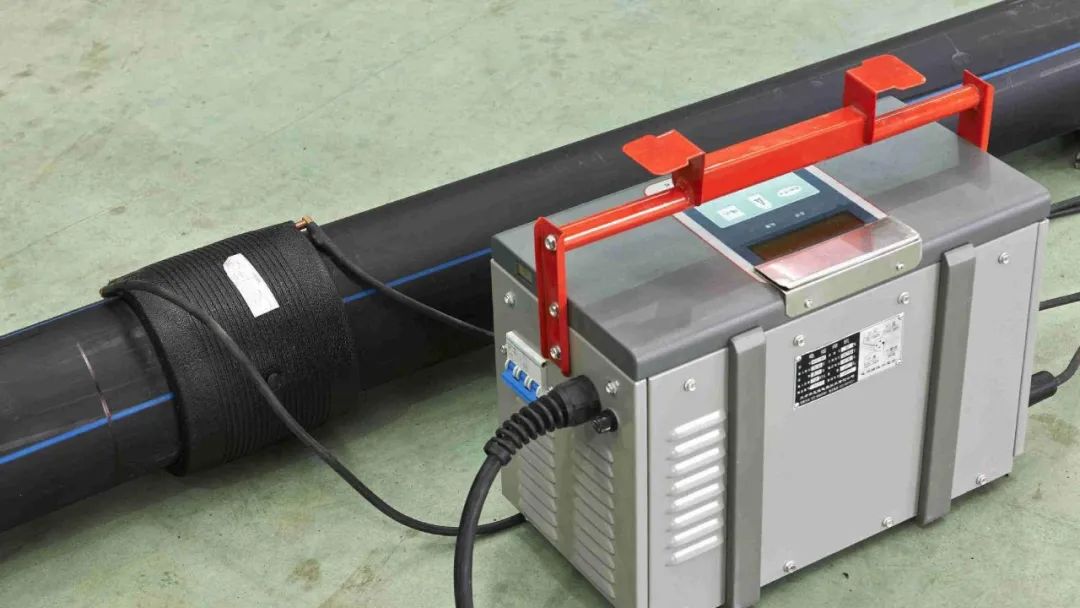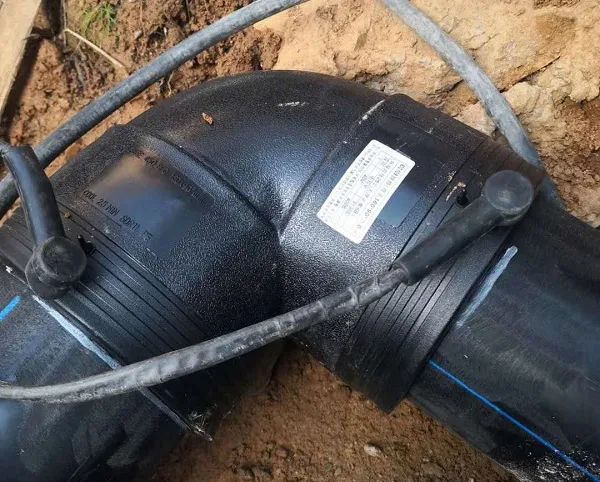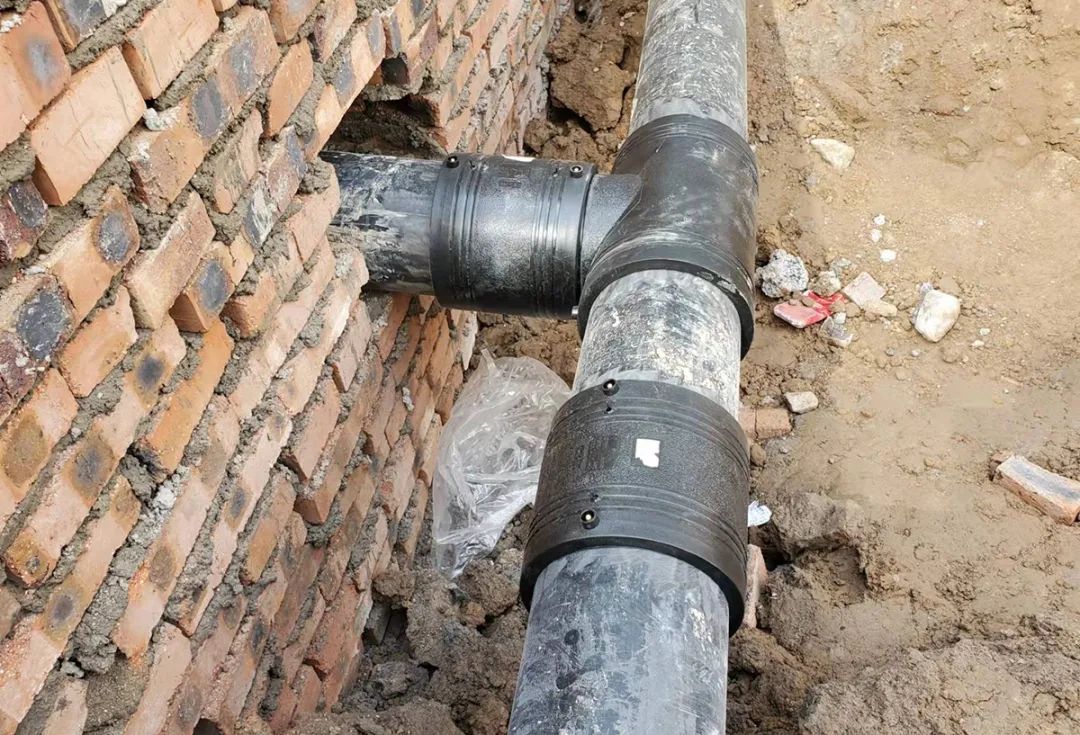Precautions for PE Pipeline [Electrofusion Welding]

Before powering on, align the axis at the joint to ensure that the pipe and fitting are on the same axis. If there is a large deviation angle between the two, welding failure is likely to occur.
During the fusion and natural cooling process, no external force should be applied, and the joint area and both sides of the pipeline must not be moved or rotated.
3. Before welding, use wind-blocking materials to seal the starting end of the pipeline to prevent short-circuit overheating of the pipe fittings, which could cause a fire accident due to the airflow inside the pipe material.
After completing the welding of the last pipe/material during the shift, it is necessary to remain on site for a period of time in order to promptly detect and respond to any fire incidents that may result from improper welding operations.
If smoke or spatter occurs during the welding process, the power supply should be turned off immediately.
6. Welding operations with water are prohibited.
After removing the oxide layer, pipes and fittings should be welded promptly to prevent contamination from construction site soil, rainwater, and dust, which can affect the welding quality.
8. Shrinkage may cause the connected pipes/fittings to shift.
Unwelded pipe fittings on the construction site should be properly stored and covered to prevent exposure to rain, sunlight oxidation, and contamination by soil and dust, so as not to affect the welding quality.
If installed but unwelded pipe fittings get wet from rain, the fittings need to be replaced, and the pipe ends should be wiped clean before reinstalling and welding.
11. When welding risers, it is essential to ensure that the pipes are properly inserted and that both ends of the pipes are secured with fixing devices. Manual holding during welding is strictly prohibited.
It is recommended to arrange the pressure testing on the construction site during the early morning, late afternoon, or under cloudy conditions, and to perform the testing according to the pressure reduction coefficient regulations corresponding to the temperature of different pipe materials.

13. It is recommended to conduct a pressure test on a 200 to 300 meter section of the pipeline at the construction site to inspect the welding quality of the electrofusion fittings. Before the pressure test, the pipeline section should be covered with soil for stabilization, and the ends of the pipeline as well as the bends should be secured.
When there are doubts about the welding quality, a first-piece verification welding test can be conducted on the corresponding specification of electrofusion fittings, followed by pressure testing or destructive testing. After confirming that the fitting parameters are accurate and reliable under the current working environment, batch construction operations can proceed.
When welding PE electrofusion fittings with steel mesh reinforced polyethylene composite pipes, a tight fit between the socket and spigot must be achieved. This is because the wall thickness of steel mesh reinforced polyethylene composite pipes is relatively thinner than that of PE water supply pipes, resulting in lower resistance to the melt pressure generated during the electrofusion welding process. A tight fit ensures better fusion during welding.

【Copyright and Disclaimer】The above information is collected and organized by PlastMatch. The copyright belongs to the original author. This article is reprinted for the purpose of providing more information, and it does not imply that PlastMatch endorses the views expressed in the article or guarantees its accuracy. If there are any errors in the source attribution or if your legitimate rights have been infringed, please contact us, and we will promptly correct or remove the content. If other media, websites, or individuals use the aforementioned content, they must clearly indicate the original source and origin of the work and assume legal responsibility on their own.
Most Popular
-

At Least 44 Dead in Century-Old Fire! Questioning Hong Kong's Hong Fu Garden: Why Has the Path to Fire Resistance Taken 15 Years Without Progress?
-

Satellite chemical's profits surge! can the 26.6 billion yuan high-end new materials project meet expectations? a review of progress on four major projects
-

Key Players: The 10 Most Critical Publicly Listed Companies in Solid-State Battery Raw Materials
-

Estun Turns Profitable in 2025 Half-Year Report, Industrial Robot Shipments Rank First Among Domestic Brands
-

Avatr Files for IPO on HKEX, Plans to Complete Listing in Q2 2026






